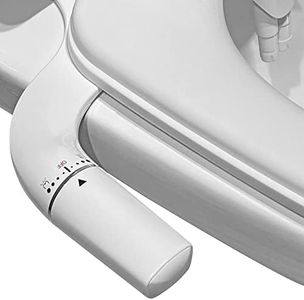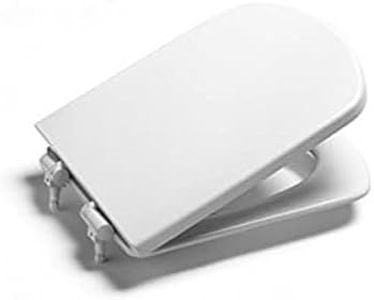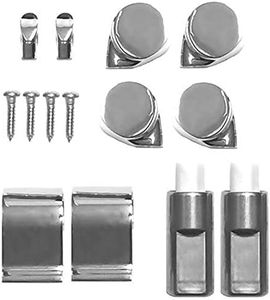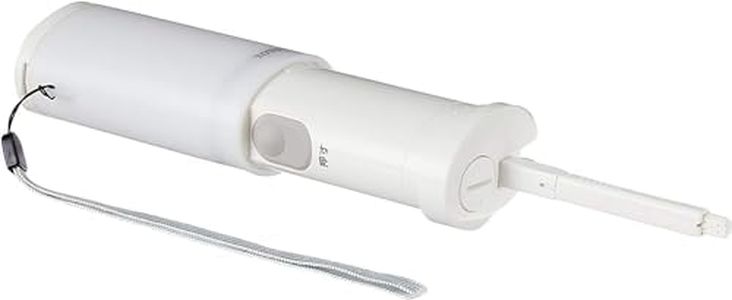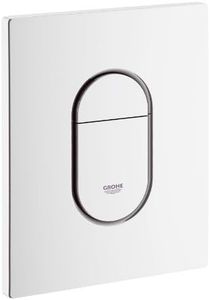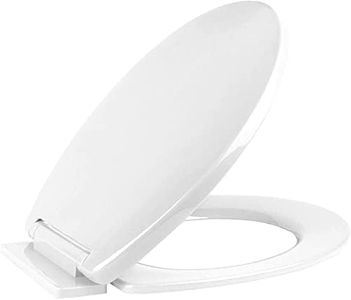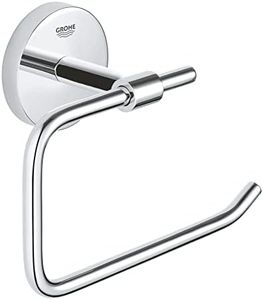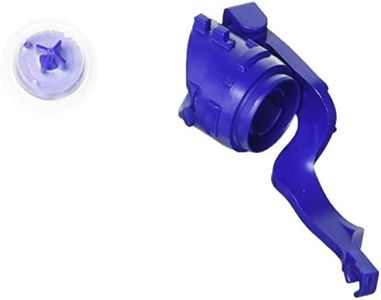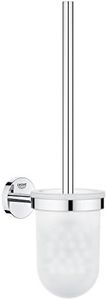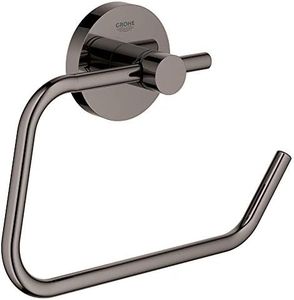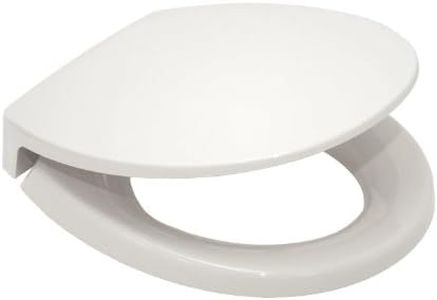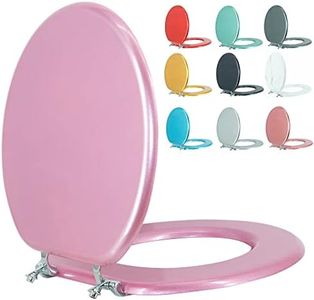We Use CookiesWe use cookies to enhance the security, performance,
functionality and for analytical and promotional activities. By continuing to browse this site you
are agreeing to our privacy policy
10 Best toilets
From leading brands and best sellers available on the web.Buying Guide for the Best toilets
Choosing the right toilet might seem simple, but it can make a big difference in your comfort, space, and even your water bill. When shopping for a toilet, think about who will be using it, the size of your bathroom, the look you prefer, and whether you want to save water. Pay attention to the main specifications, since these will guide you to a choice that works best for your household’s needs and your home’s plumbing setup.Toilet Type (One-piece vs Two-piece)Toilets come mainly in two configurations: one-piece and two-piece. A one-piece toilet has the tank and bowl fused together, which makes it sleeker, easier to clean, and generally heavier. Two-piece toilets have a separate tank and bowl that are bolted together, typically offering more variety and sometimes easier maintenance for repairs. If you want a modern look and easy cleaning, a one-piece might be better, but if you want more options and potentially easier repairs, two-piece can be a good choice.
Bowl Shape (Elongated vs Round)The bowl shape affects comfort and how much space the toilet takes up. Elongated bowls are longer and more oval-shaped, providing more comfort, especially for adults, but they take up a bit more room. Round bowls are more circular and compact, making them a smart pick for tight spaces or smaller bathrooms. Choose elongated for comfort if you have the space, or round if you need to save room.
Toilet Height (Standard vs Comfort/ADA Height)Toilet height refers to the distance from the floor to the top of the seat. Standard height is about 15 inches, while comfort or ADA (Americans with Disabilities Act) height is around 17-19 inches. Comfort height makes sitting and standing easier for adults, seniors, or people with mobility issues. Standard height may be better for children or if you prefer a lower seat. Think about who will use the toilet most often to decide which height fits your needs.
Flush System and EfficiencyThe flush system determines how well the toilet removes waste and how much water it uses. Common types include gravity flush, pressure-assisted, and dual-flush. Gravity flush is usually quieter and simpler; pressure-assisted offers a stronger flush but is often noisier. Dual-flush toilets let you choose between a full or partial flush to save water. Consider a model that balances good flushing power with water efficiency, especially if you are looking to lessen your water usage.
Water Usage (Gallons Per Flush, GPF)Gallons Per Flush (GPF) tells you how much water the toilet uses with each flush. Traditional toilets might use over 3 GPF, but most modern ones use 1.6 GPF or even lower. High-efficiency models use 1.28 GPF or less. A lower GPF saves water and can reduce your water bills, but make sure it still flushes effectively. If you are eco-conscious or have a large household, opting for a low-GPF toilet can be a smart move.
Rough-In SizeRough-in size is the distance from the wall behind the toilet to the center of the drainpipe. The most common rough-in is 12 inches, but 10 and 14 inches are found in some homes, especially older ones. Measure your current toilet or ask a professional to confirm this distance, as it determines what size will fit your bathroom without expensive adjustments. Always check your rough-in size before purchasing.
Ease of Cleaning and MaintenanceToilets vary in how easy they are to keep clean. Features like a skirted base or concealed trapway can make wiping down the outside a breeze since there are fewer crevices for dirt. The quality of the flushing system also affects how clean the bowl stays. Consider how much time you wish to spend on cleaning, and look for smooth surfaces and easy-to-remove seats for less hassle.
